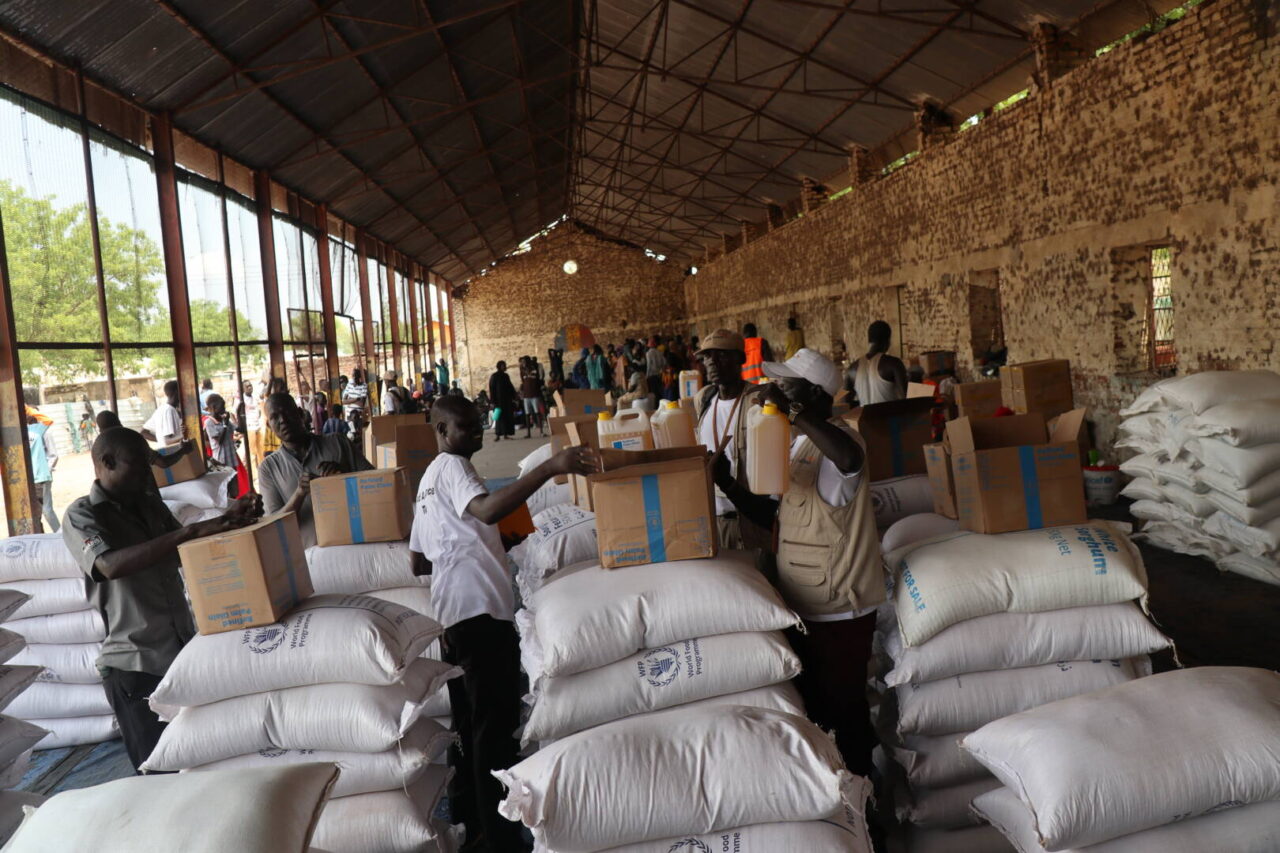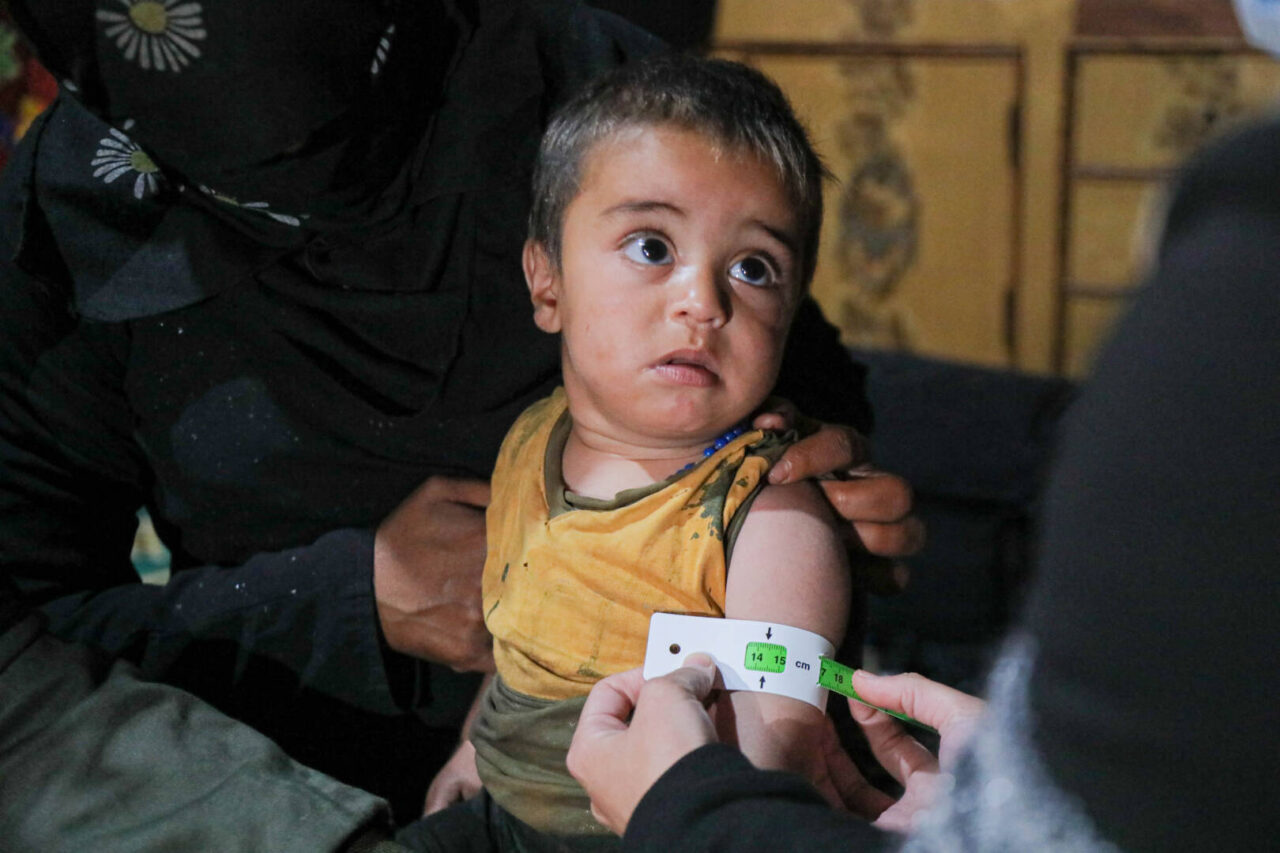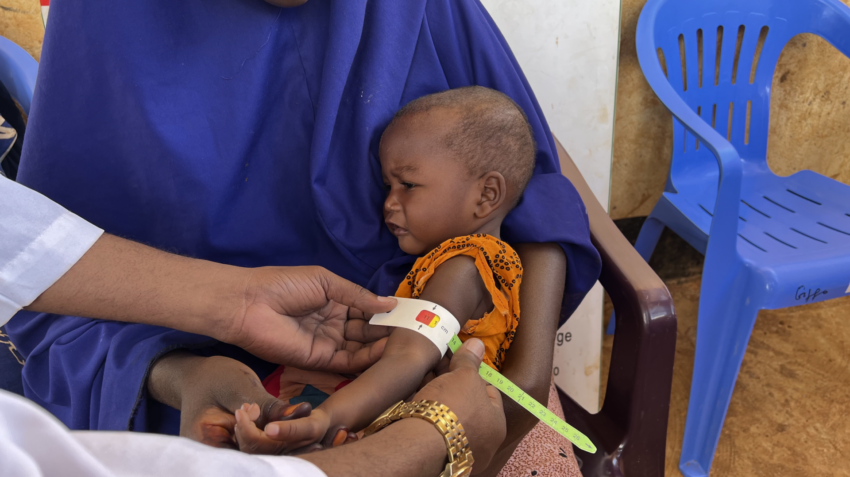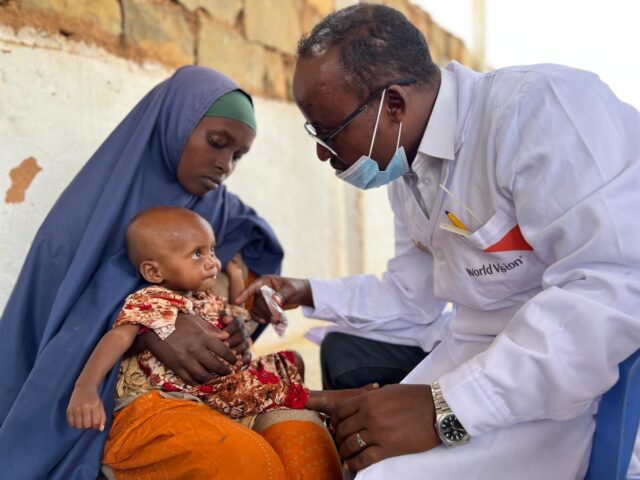In a world where up to 783 million people — 1 in 10 of the world’s population — face chronic hunger, understanding the scope and drivers of this crisis is more important than ever. From armed conflicts and extreme weather events to the lasting socio-economic impacts of the COVID-19 pandemic, global hunger levels are at a critical point.
Here are seven key facts about global hunger and food insecurity.
1. Food insecurity is increasing at an alarming rate. In 2022, nearly 258 million people across 58 countries experienced crisis-level food insecurity or worse, according to the World Food Programme (WFP). Crisis levels and above indicate that affected people have so little food that their lives or livelihoods are in immediate danger. This number of people is the highest on record and represents the fourth consecutive year of increasing acute food insecurity globally.
2. There are a variety of major drivers of hunger. COVID-19’s lingering effects, severe weather events, and conflicts are primary factors. In 19 countries, 117.1 million people faced crisis or higher levels of food insecurity. Economic shocks surpassed conflict as the main driver in three countries: Afghanistan, South Sudan, and Syria. Additionally, a spike in gang violence in Haiti also escalated severe acute food insecurity.

3. The war in Ukraine continues to have a global impact. The conflict has disrupted global food supplies, as Ukraine is a major exporter of cereal grains and sunflower oil. Rising food prices, climbing energy prices, and growing financial constraints have increased hunger risks for one-fifth of the global population — around 1.7 billion people.
Global fertilizer prices have surged faster than food prices, at a 10-year high. The war and increased natural gas prices have disrupted fertilizer production and exports globally, threatening supply, spiking costs, and jeopardizing future harvests.
4. Families often have to make distressing choices due to food insecurity. When families don’t have enough to eat or money to buy food, they must often make difficult and dangerous decisions that impact their children’s well-being and put them at risk of violence. Children are vulnerable to situations like child marriage, child labor, and separation when their families are desperately searching for food.
5. Forty-five million children are dangerously malnourished. These 45 million children suffer from wasting, also known as acute malnutrition, with over 1 million children dying each year. In addition, in 2022, 22% of children under 5 faced stunting, characterized by low height-for-age and resulting from chronic undernutrition. This places children at risk of irreversible cognitive and physical consequences. Most children with stunting live in Asia (52%) or Africa (43%).


6. There are devastating consequences to food insecurities. Conflicts, wars, economic crises, and extreme weather events like droughts can cause people to leave their homes. When people are displaced, they can lose access to essential resources like food, clean water, and healthcare, and become more vulnerable to hunger and malnutrition. The number of forcibly displaced people, including refugees and those internally displaced, reached 110 million at the end of June 2023.

7. World Vision is continuing its humanitarian response. World Vision remains steadfast in its commitment to help end hunger, and we thank God for the progress we’ve made together while adapting our programs to respond to current realities. As of September 30, 2023, we’ve reached over 25.4 million people, including 14 million children, across 28 countries. And in the period from October 2023 to December 2023 alone, we reached an additional 4.1 million people with life-saving food assistance.
With more than seven decades of global experience, World Vision is uniquely positioned to respond to the hunger crisis. Our work is supported by generous partners, dedicated sponsors, and government and private grants. As the WFP’s largest implementing partner, we deliver immediate food aid during crises to help save lives. We also help equip communities to recover and develop their capacity to provide food for themselves and their families.
“While the crisis is immense, the possibility of ending hunger and nutrition-related crises once and for all remains within reach.” —Mary Njeri, Global Hunger Response Director for World Vision
You can help end world hunger
- Pray: Join us in praying for an end to conflicts that worsen hunger and put children at risk. Pray that children, their families, and communities facing hunger and poverty all around the world will be protected by God’s love and grace.
- Give: Your gift will help provide support like emergency food aid, agricultural training, access to clean water, healthcare, and more to hungry children and families around the world.
- Sponsor a child today. Sponsorship makes a lasting impact, as you provide access to life-saving essentials like nutritious food, healthcare, access to clean water, education, and more.


